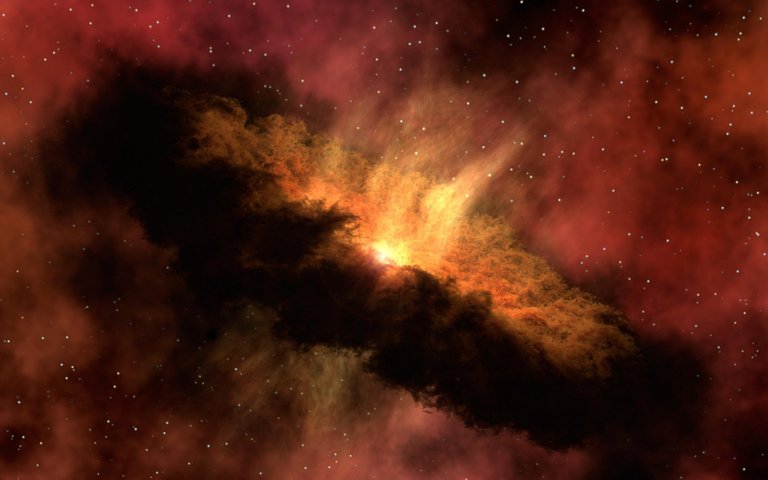Were Supermassive Black Hole Born Off Colossal Stars?
We still do not know where do supermassive black holes come from. Our current theories do not give them enough time nor feeding material to come to be. But what if they were created by the ultimate supernovas of the first stars?

Image by WikiImages from Pixabay
- Be also sure to check out my other posts and follow me @kralizec and subscribe to my Youtube channel at Kralizec Gaming Youtube Channel
We know there supermassive black holes exist in the centers of galaxies. These unseen monsters that have a mass of millions if not billions of Suns are hard to imagine but they do exist. The only problem is that we actually observe supermassive black holes even in the young Universe and according to our theories they should not exist there.
Takashi Moriya and his coworkers from the National Astronomical Observatory of Japan found an interesting way of going around the problem. They claim seeds of supermassive black holes could have been created when the first stars should have been much more massive than even the biggest stars we know of today. The scientists think these primordial stars could have exploded as mega-supernovae. The remnants of these fascinating explosions could be found thanks to the new generation of telescopes.
Currently, we think that the first stars had a mass of roughly 100 – 200 Suns. But soon they exploded as supernovae and created black holes that started gobbling up the surrounding matter.
This is where Moriya and his colleagues come with something new. As stated before our theories don’t give enough time for the growth of supermassive black holes in the early Universe. But what if there was a certain number of “mega-stars” was created. But unlike some other proponents of similar theories, they think these didn’t immediately collapse into large black holes. They think they exploded as mega-supernovae. They simulated such supernovae explosions and came to the conclusion that these should be very bright events but since they happened so early into the existence of the Universe they should be very red-shifted.
But the most interesting part is the fact that if these explosions took place the upcoming generation of telescopes such as the James Webb Space Telescope which will be heading into space later this year could be capable of detecting the light from these mega-supernovae. So, we will see whether we will see anything.
Sources:
- If you like the content I’m producing about science maybe you will like the content I produce about gaming as well! Be sure to check out my other posts!
Yes, your content about science and space especially is very interesting!
Hey there, I'm glad you like it. I too find space to be my favorite topic to write about hence why I do tend to focus on it a bit more than on other topics even if there is interesting news on that front as well.
Blackholes are really interesting. If we could understand how it works beyond what we knew already, I think it will boost space tech development.
I will disagree there. We are so far off from needing to understand black holes for our technological needs that it's not even funny. What we really need to do now is figure out fission and ideally find a material from which we could build a space elevator from. That would boost our exploration of space.
But otherwise yeah, there are a few things that are more fascinating then black holes with all their paradoxes and stuff.